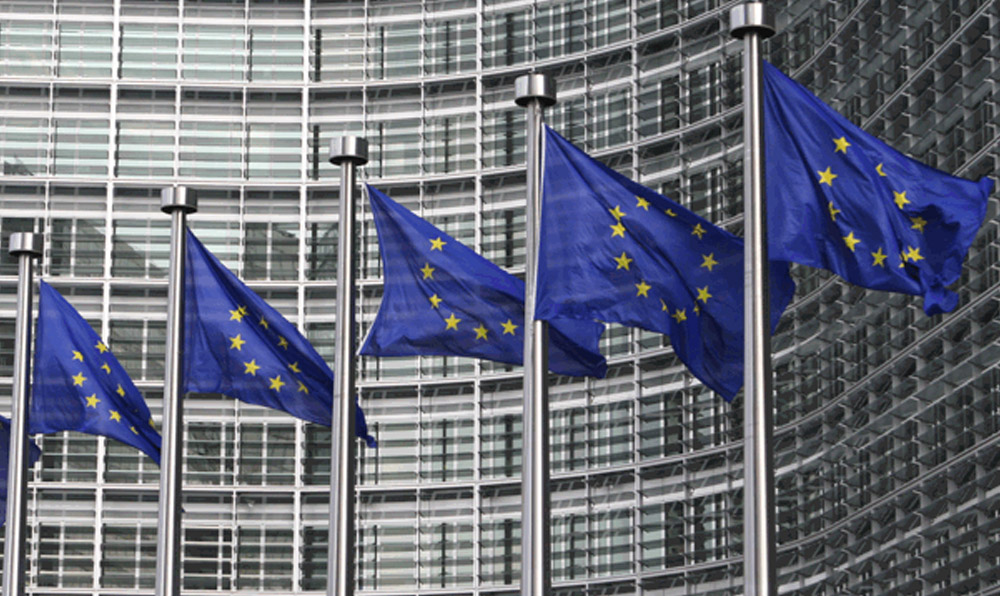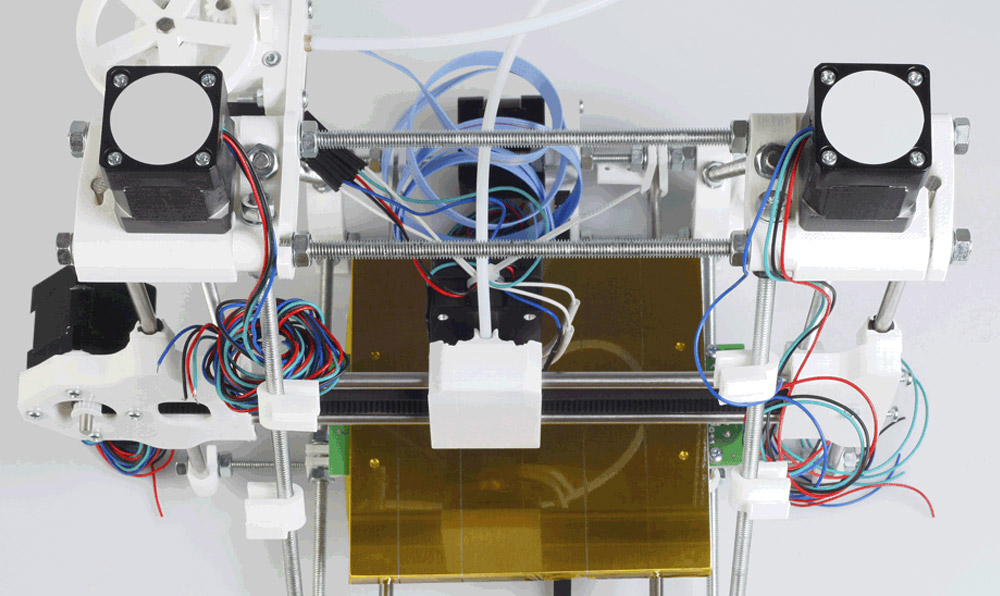Export Compliance professionals haven’t had to solve an ECCN classification and deemed export conundrum this profound since the PlayStation2 was blocked from shipping to China
(its American-made chip was powerful enough to control real missiles – not exactly child’s play).
The new riddle concerns Microsoft’s new HoloLens, which integrates virtual reality with the real world. This will allow people to use holographic imagery to do the unimaginable – from designing advanced machinery to seeing how the living room walls would look in taupe.
You could compare it to the Holodeck in Start Trek: The Next Generation, but this technology (slated for launch later this year) still requires you to don a headset.
In one possible scenario with export compliance implications, teams of scientists work together using the HoloLens’ ability to overlay technical directions and video frames in three dimensional space. Just imagine:
You’re an engineer working on a prototype in development for an export controlled technology project, and you’re trying to determine why it’s malfunctioning.
You call an out-of-town colleague for help. His picture pops into view on a little window against the laboratory wall. He can see what you’re working on through your POV display.
He spots something slightly out of the ordinary and quickly mocks up a holographic piece that fixes the issue. You thank him kindly, hang up the call, and use the specifications of the physical prototype to tweak your colleague’s design. Then you print a draft using a 3D printer.
Is the export compliance world ready for this? There are two main issues to consider:
- How should it be classified?
The above example is a fairly basic use case for this technology. The potential is there to completely change the face of combat. How should it be classified for export? What is the right Export Control Classification Number? Is it 0A987 for Holographic gun sight? Or perhaps that component is technically EAR99, like a Structured Light Scanner.
Export compliance professionals may need more vacation time to recover from these complexities.
- How to handle deemed export risks?
Information that used to be confined to physical reality (mechanical prototypes, engine turbines, airplane wings, etc.), now exist in duplicate as holographic data – which is not quite as easy to keep locked up safely in a lab!
A significant concern is that HoloLens serves as a kind of “print preview” for 3D printing, largely because it produces holograms so technically specific that the structures can be printed out as three dimensional objects. Engineering theories, confidential blueprints, and even three dimensional prototypes can now be stored in a portable headset. These can be manufactured by simply clicking the “send to 3D printer” button. We’re talking terabytes worth of technical data floating around, and all of it must now be protected from illegal export. Oh, how this could complicate preparation for foreign national visitors!
It’s a lot to think about, and as we navigate these issues and others, there will likely be mistakes made along the way. The best we can do is remain diligent about compliance risks, keep up with new regulations, and stay informed about this ever-evolving technology. It may sound like science fiction, but it’s here now, and its impact on export compliance is inevitable.


